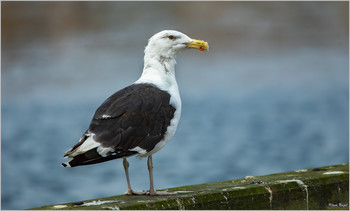
0
У вас фото в корзинеУдалить все

|
|
|
|
Предложить цену
Фото НЕ выставлено на продажу, но вы можете предложить свою цену и пригласить автора выставить фото на продажу. Предложение вас ни к чему не обязывает
Предлагаемая сумма
Кошелек должен быть подключен, чтобы предложить цену
|
|

|
|
 |
|
|
|
||
|
|
|

